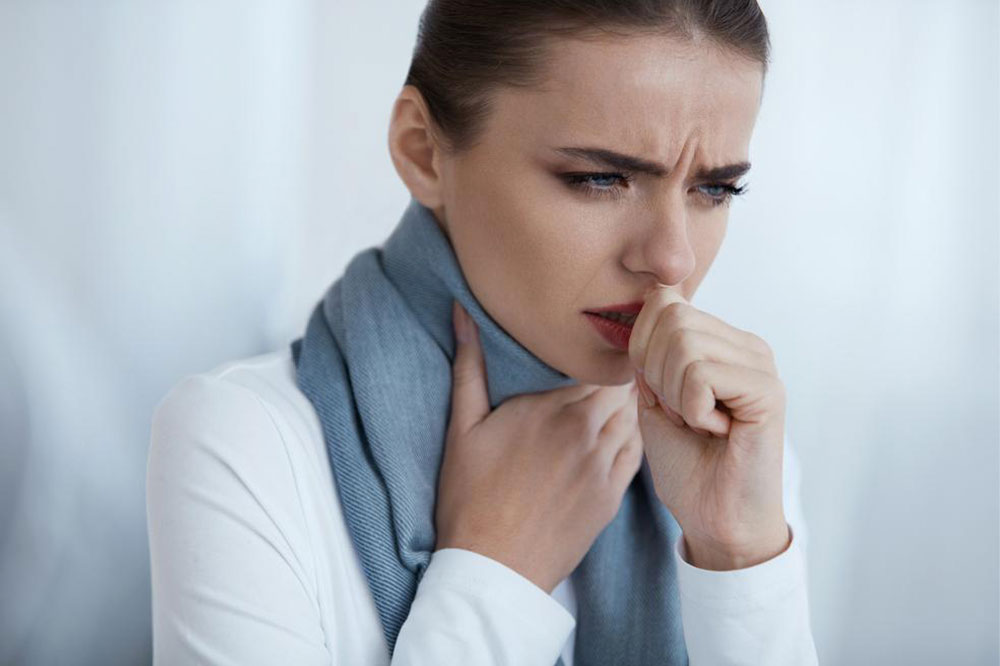Top 9 teeth whitening kits and products

You no longer have to visit a dentist to make your teeth appear whiter, as there are many new affordable products you can safely use at home. But before using one, always consult a dentist and understand what is best for you and know if they can cause any side effects. Some products may cause allergies, some may not be suitable for sensitive teeth, and some may exacerbate gum diseases.
Things to know before buying a teeth whitening product
The professional whitening kits that dentists use contain hydrogen peroxide or carbamide peroxide. The home whitening kits may have less concentration of chemicals than what the dentists use. If you have sensitive teeth, use less abrasive products that do not contain any peroxide and after the treatment, brush with fluoride toothpaste. After using any whitening product, it is normal to feel irritation and sensitivity for twenty fours. If it persists longer, visit a dentist and get it treated immediately. Some products may need multiple cycles of treatment for them to be effective. If you do not use them carefully, some products may leave bluish stains or damage the enamel.
About at-home teeth whitening kits
The whitening process is medically referred to as bleaching, though it has nothing to do with the bleach, as in a whitening agent. Teeth whitening is popular as they are effective as you can see the improvement in your teeth in a few days. The ones that you get in supermarkets are less expensive.
You can get teeth whitening kits in various models, like pre-filled trays, moldable trays, and trays fitted with LED lights. Each kit typically contains two trays, one for the top row and one for the bottom, and tubes filled with whitening gels. The gels contain low amounts of carbamide peroxide and hydrogen peroxide. Hence you may need multiple cycles of treatment to see improvement.
Pre-filled trays contain trays that are already filled with the whitening gel. All that you need to do is fix them on your teeth for the duration mentioned in the packet. Some kits have moldable trays, gels, and syringes separately. Moldable trays come in one size for all. You can extract the gel using the syringe, fill the tray, and fix it on your teeth. You need to use the tray every day for a specific duration for a specific number of days for it to be effective.
Teeth whitening kits with LED lights are gaining in popularity. They have similar trays with a whitening gel attached to them. Once applied, the LED lights activate the whitening gel and enhance the impact of hydrogen peroxide.
Instructions to use teeth whitening kits
Though specific instructions on whitening kits may have minor differences, they all work similarly. Following the instructions strictly to prevent any damage to your gums or teeth. You should not be overambitious and use the kits longer than the allotted tie mentioned in the instructions. Here are some guidelines on how to use a teeth whitening kit:
- Clean and floss your teeth thoroughly.
- Extract the prescribed gel from the tube and spread it on the tray. Follow instructions.
- Gently push the tray onto your bottom and top teeth appropriately.
- Fix them well so that there are no leaks.
- Set the timer as per instructions.
- If the gel leaks, spit or wipe it with a cloth. Do not swallow it.
- Remove the trays and rinse your mouth well.
- Clean and dry the trays well to remove any gel residue so it is ready for use the next day.
- You may feel irritation or sensitivity when you use these whitening kits.
- Continue using the tray for maximum impact for the prescribed number of days.
Top 9 Best whitening kits and products
Give below are the nine best teeth whitening kits and their products:
Home whitening kits
Home whitening kits come with disposable trays, syringes, and gel and are one of the most popular. Some of the leading home whitening kits are SmileDirectClub, auraglow, plus, white 5 minute, snow, and Dr. Collins all white 22.
Pre-filled whitening trays
Pre-filled whitening trays are ready to use as the gel is set in disposable trays. You can use it for the allotted time and choose a new set for the next time. Some of them are opalescence go, auraglow, beaming white, and burst.
Laser-assisted whitening
Laser-assisted whitening uses laser beams to activate the whitening gel and make the process faster. Some popular ones include CO by Colgate supernova rechargeable at-home teeth whitening kit, SmileDirectClub, smile titan teeth, snow teeth whitening, and VieBeauti teeth whitening kit.
Whitening chewing gums
The gums contain whitening agents that you can have after a meal. It stimulates saliva production and prevents staining, and the whitening agent sticks to teeth to make them lighter. Some of the popular whitening chewing gums are Supersmile professional whitening gum, Orbit white gum, Mentos pure white gum, Vitacare whitening gum, and Trident white gum.
Whitening toothpaste
Whitening toothpaste contains silica, which is abrasive and helps clean the surface of the teeth and make them look whiter. You can opt for whitening toothpaste like Crest 3D white brilliance, Colgate optic white, Tom’s of Maine simply white, Sensodyne ProNamel gentle, and Arm & Hammer white extreme white for that perfect smile!
Whitening gels
You can apply peroxide-based gels on your teeth using a brush. You may have to use it twice daily for fourteen days to see some effect. You can look for popular gels like Bite whitening gel, Zero glow, Smile actives, Whiter smile labs, and Bleach pro.
Whitening strips
They are made with flexible material coated with whitening agents that help the teeth become brighter when you stick them on the teeth. Some examples are Crest 3D Whitestrips, Walgreens whitening wraps, Oral essentials, Crest 3D strips, and Lumineux.
Whitening pens
They are thin plastic tubes that contain whitening gels. They are portable and ideal for travel. Some of the popular ones are Go smile, Auraglow, Colgate, Crest whitening emulsions leave-on, and Optic white overnight on the go.
Activated teeth whitening charcoal powder and toothpaste
Activated charcoal is made from high-quality charcoal and added to the toothpaste or powder. It can remove almost all stains and help your teeth look brighter. You can find it in Hello fluoride, Active wow, Colgate essential, Estrella, and Moon.


